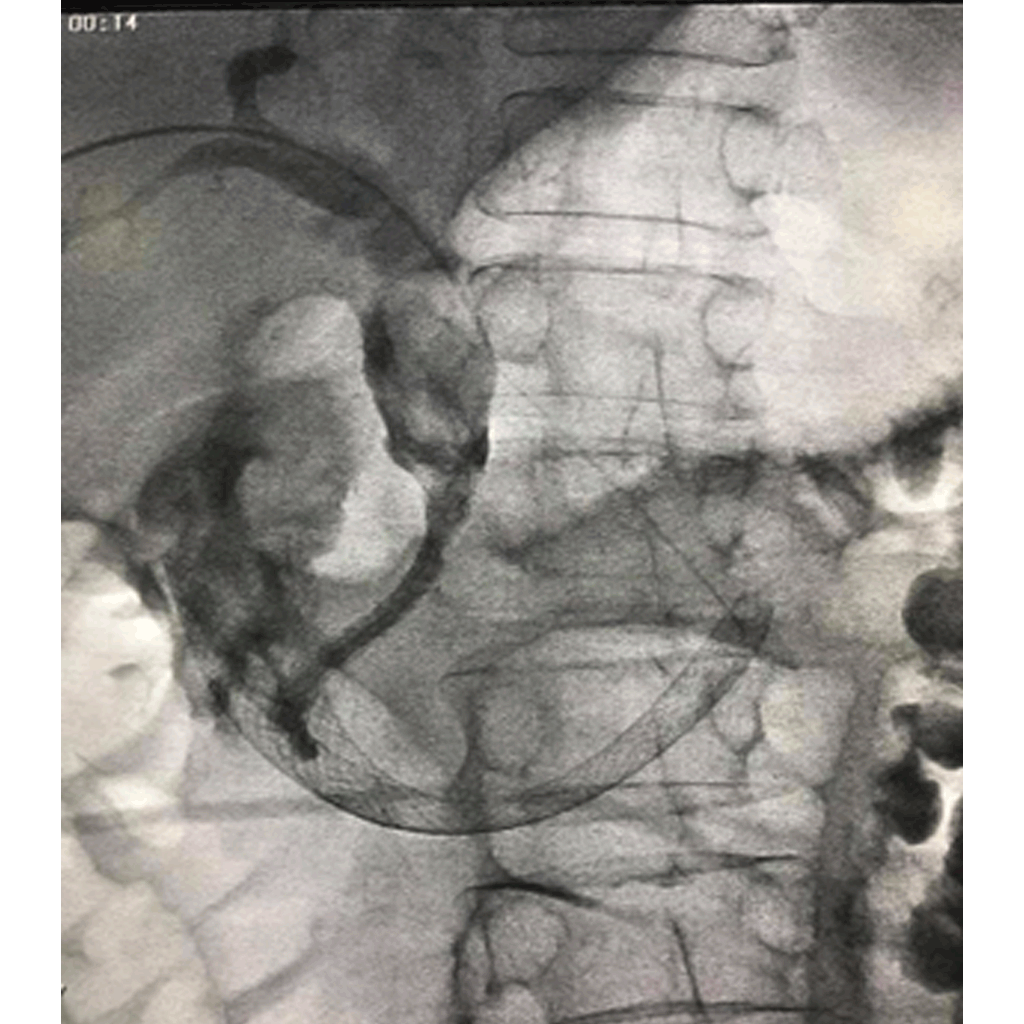BILIARY PROCEDURES
Patient Education Material
Percutaneous transhepatic biliary drainage (PTCD) is the placement of a drain into bile ducts using needles inserted through the skin. The procedure can be used to treat cholestasis (where the bile cannot flow from the liver to the small intestine), which may be a result of a narrowing or blockage in the bile ducts or of bile leakage after an operation.
Biliary stenting is performed after biliary drainage if the blockage is malignant (cancerous) to keep the bile duct open and to allow the drain used in PTCD to be removed. This involves putting a stent (a mesh metal tube) into the bile duct, which then functions as a supportive skeleton to prevent the duct from closing.
Biliary stone extraction is carried out using percutaneous access to the biliary tree (also known as the biliary tract, this is the path by which bile travels from the liver to the small intestine). Stones can be removed using a tiny basket or with a grasping device. Small and medium-sized stones can be pushed into the first part of the small intestine using a tiny balloon. If the stones are larger than 5 mm, a tiny balloon is used to dilate the entrance to the small intestine.
PERCUTANEOUS BILIARY DRAIN & STENTING (PTBD & PTS)


If you are unsuitable for endoscopic procedures, PTBD & PTS is a possible alternative for you. It can be used to decompress the biliary ducts if they are blocked by a mass lesion or a stone or to bridge a hole if you experience bile leakage.
Kindly contact:
- One PKLI Avenue, DHA, Phase-6, Lahore, Pakistan.
- info@pkli.org.pk
- +92 42 111 117 554

